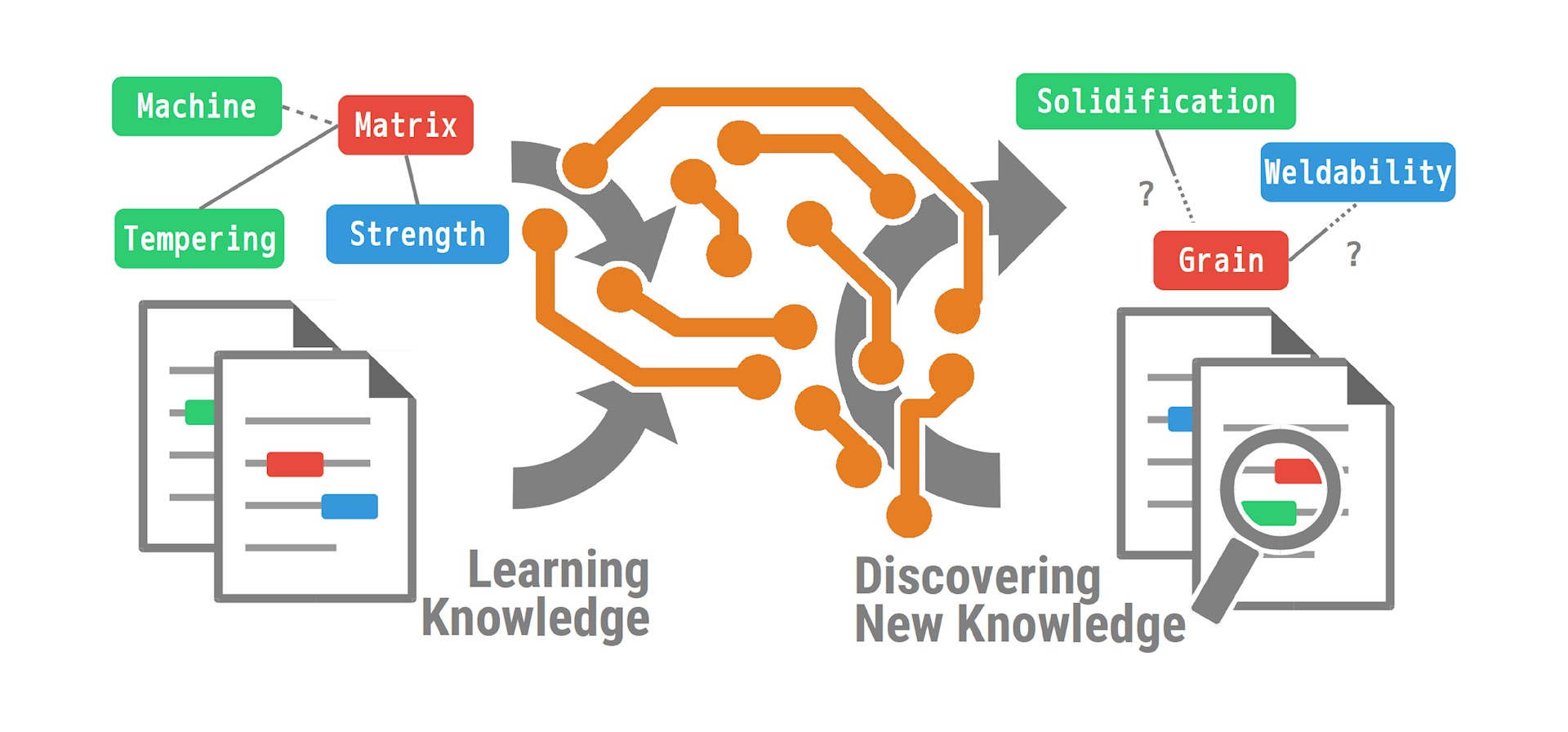Developing a new alloy typically takes a team of researchers around ten years. It requires a high degree of expertise and understanding of the interactions between the various alloying elements to achieve the desired properties as well as the ability to commercially produce it. New alloy development is an area where Artificial Intelligence (AI) has the potential to significantly shorten development time and support even inexperienced alloy developers.
Does Artificial Intelligence promote the use of nickel?

New advances in the use of Artificial Intelligence have the potential to speed up the process of alloy development.
An alloy development project aims to create a new alloy with a combination of properties such as high strength along with extreme heat and corrosion-resistance. This is achieved by fine tuning chemical compositions and their structures.
For example, a metal structure is an aggregate of microscopic metal element crystals, and if the crystals can be made smaller, their strength is increased. Similarly, if the amount of nickel added into stainless steel is increased, its corrosion-resistance properties can be improved.
Manipulating and fine tuning the countless factors and combinations to achieve the required properties of an alloy is at the heart of alloy development and is traditionally a highly skilled craft and the domain of the world’s top-class alloy development masters. It’s a difficult job and can take around ten years to develop a new alloy.
Achieving a balance is challenge for an alloy developer and can take around 10 years. Artificial Intelligence has the potential to help!
Nickel is a metal which can exercise its real and full abilities when being processed into an alloy. The largest usage of nickel is in stainless steel, an alloy of iron and chromium with added nickel and other elements such as molybdenum, depending on the properties required. Heat-resistant alloys, a must for jet engines, are nickel-based alloys with elements such as rhenium and ruthenium. The development of new alloys for new applications will also expand the roles and applications of nickel.

New advances in the use of Artificial Intelligence have the potential to speed up the process of alloy development.
Dr. Ikumu Watanabe, Senior Researcher at National Institute of Materials Science (NIMS), Japan, and his team have developed AI-based Alloy Development Support Software which calculates the most suitable chemical composition, microstructure and manufacturing process to achieve the properties required for nickel-containing and other alloys.
The software identifies correlations between multiple properties, structures and production processes, and allows the improvement of the alloy’s properties.
For example, an alloy may need heat-resistance as well as creep strength and phase stability. In practice, if one property is strengthened, other properties are often sacrificed. Achieving a balance is the challenge for an alloy developer and where AI has the potential to help.
By inputting properties such elastic modulus, strength, ductility, fatigue limit, weldability and phase stability the software calculates how to achieve the new alloy’s required physical properties.
With the help of AI the potential is there for superior nickel alloys to be launched faster, with accompanying environmental benefits for society.
The software does require an enormous amount of data. Its deep-learning AI can gather information and generate diagrams correlating several factors by reading and picking up words related to alloy manufacturing processes, alloy metal structures as well as alloy physical properties.
Currently, the software extracts data from the Elsevier database, but it can also be customized and extended to read a company’s own technical data and to gather big data available on the internet.
At present it only draws qualitative correlations, but in the future, the software aims to handle quantitative data for actual implementation on site.

If this kind of AI-based program becomes widely introduced and accepted, it has the potential to enable even inexperienced technicians to develop outstanding new alloys. AI can also support and accelerate the work of experienced developers and there is interest in the software from companies and alloy developers in Japan and the US.
And there are many benefits for end uses. For example, if we can improve the heat-resistance property of an existing nickel alloy, we can improve the fuel efficiency of an aircraft or of a thermal power generation plant and CO2 emissions can be reduced.
With the help of AI the potential is there for superior nickel alloys to be launched faster, with accompanying environmental benefits for society.

